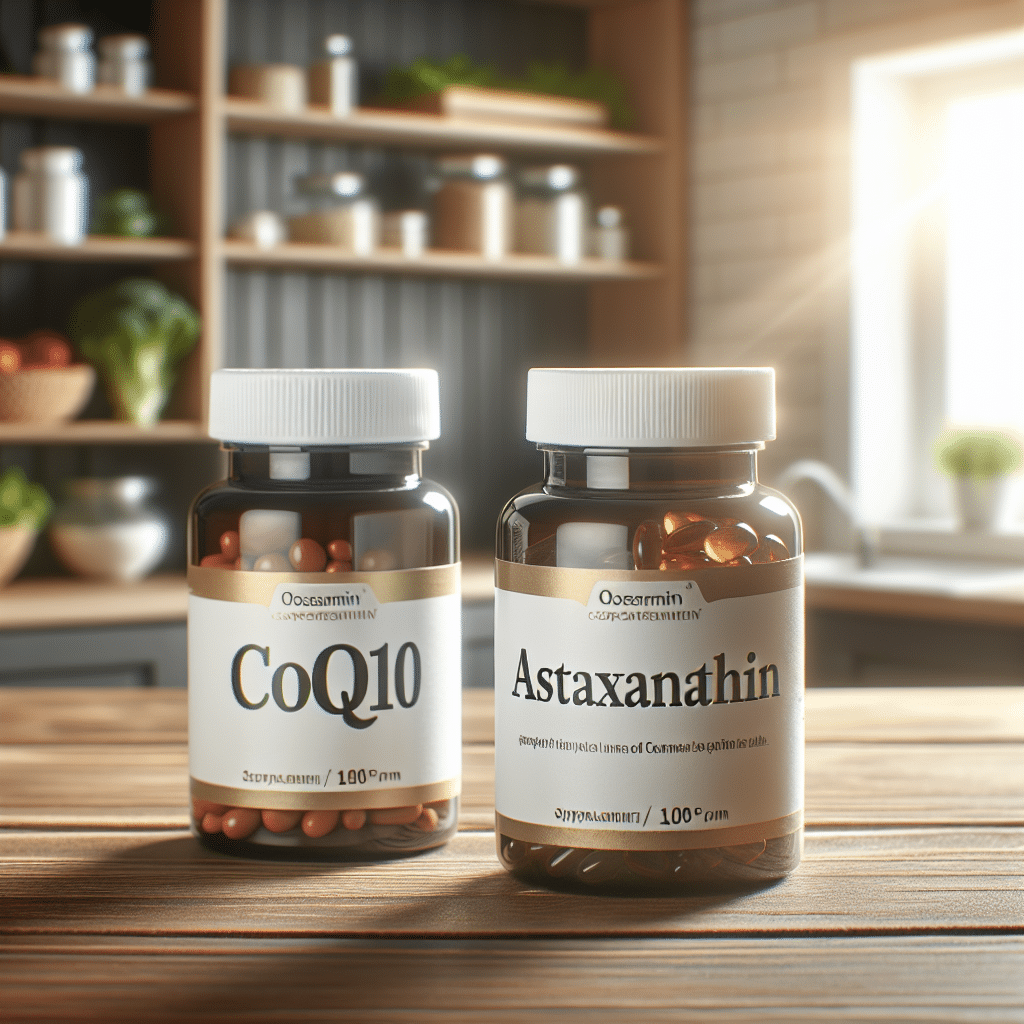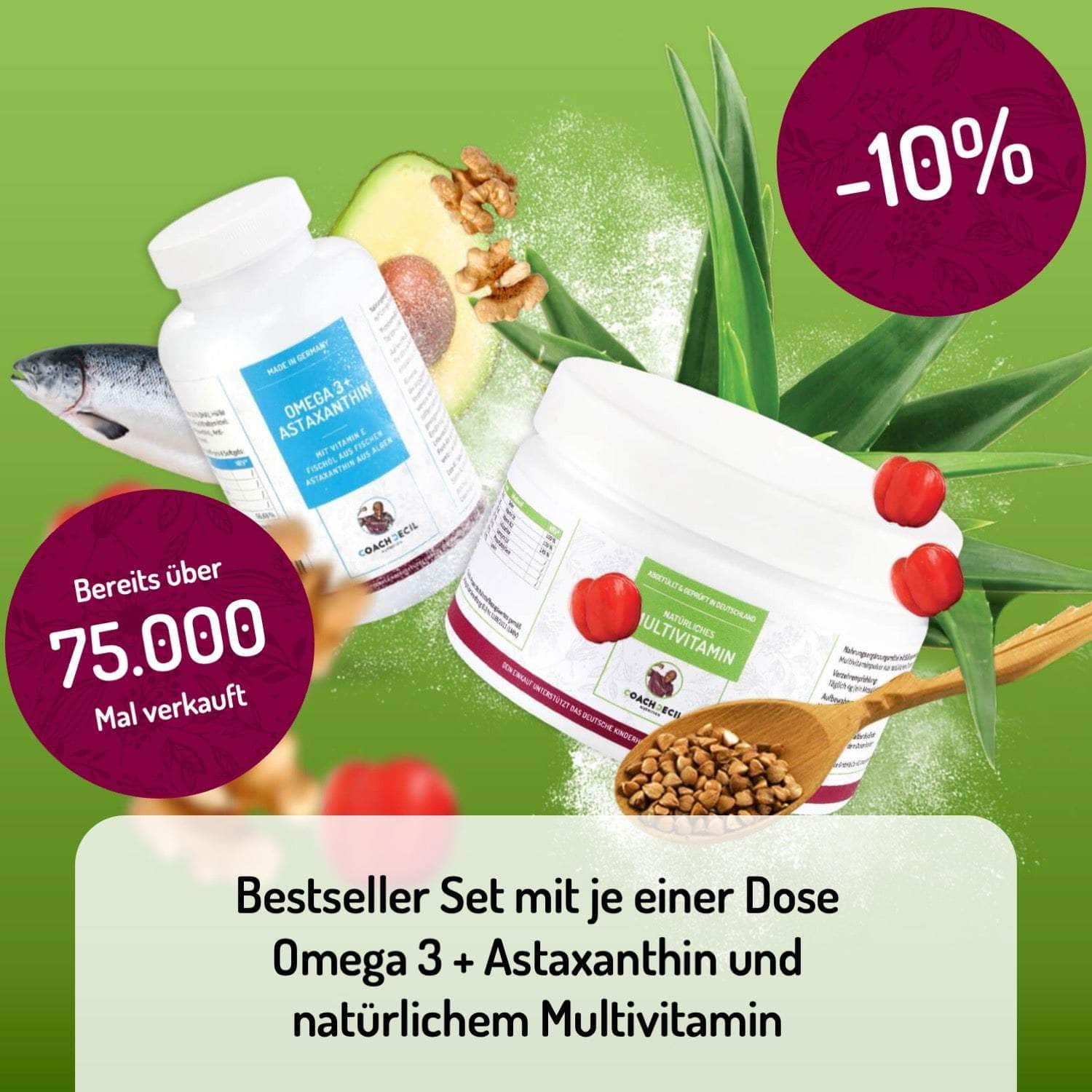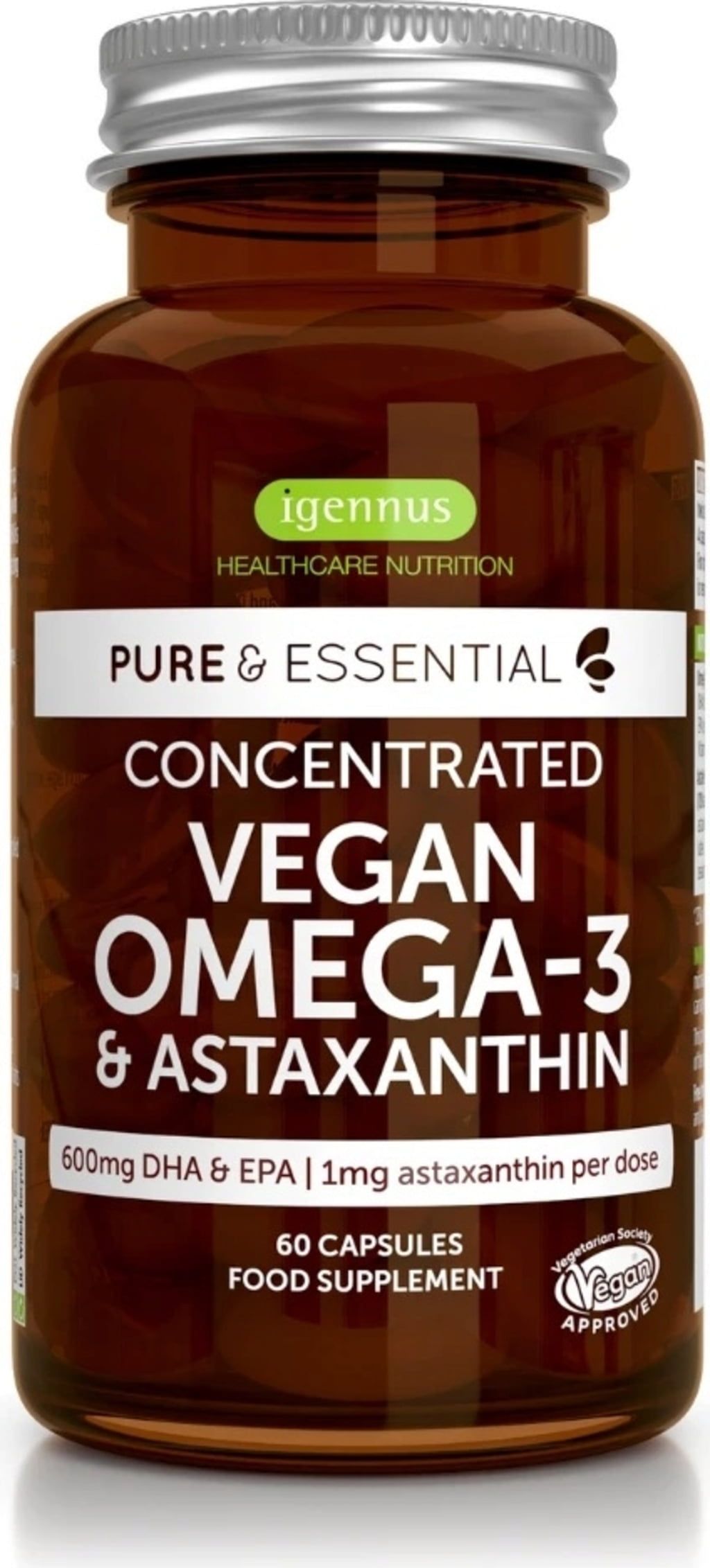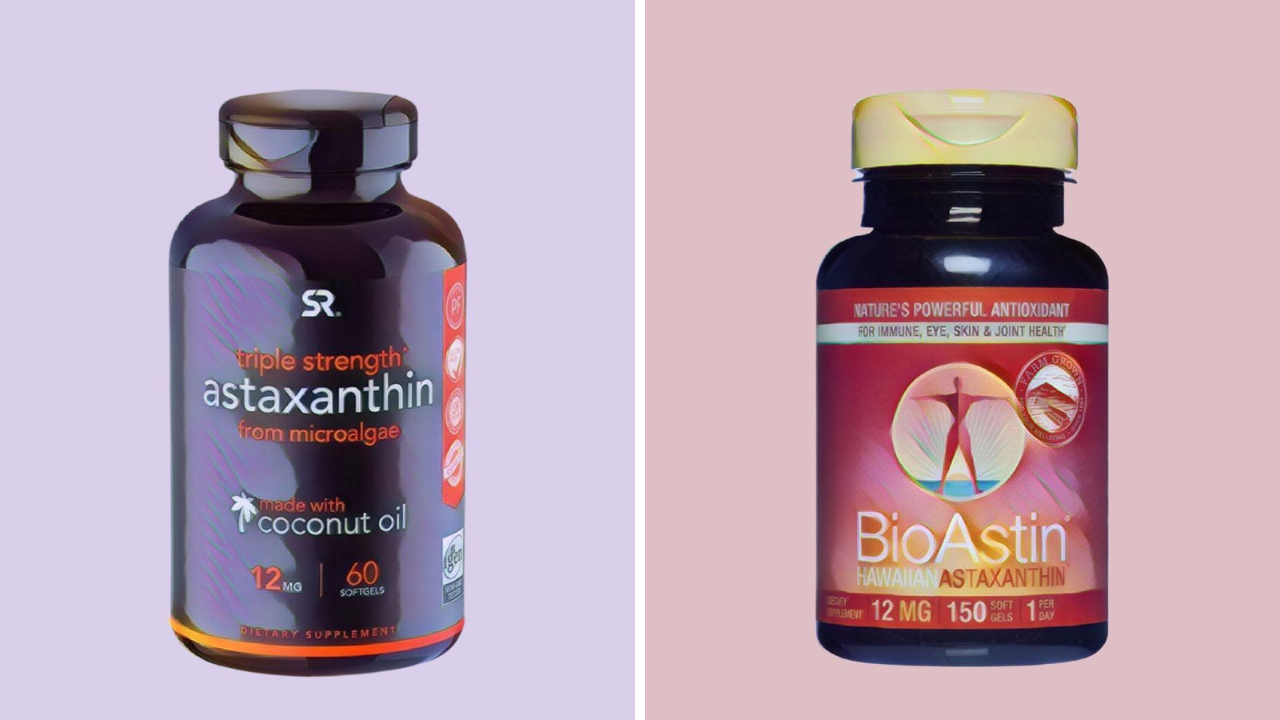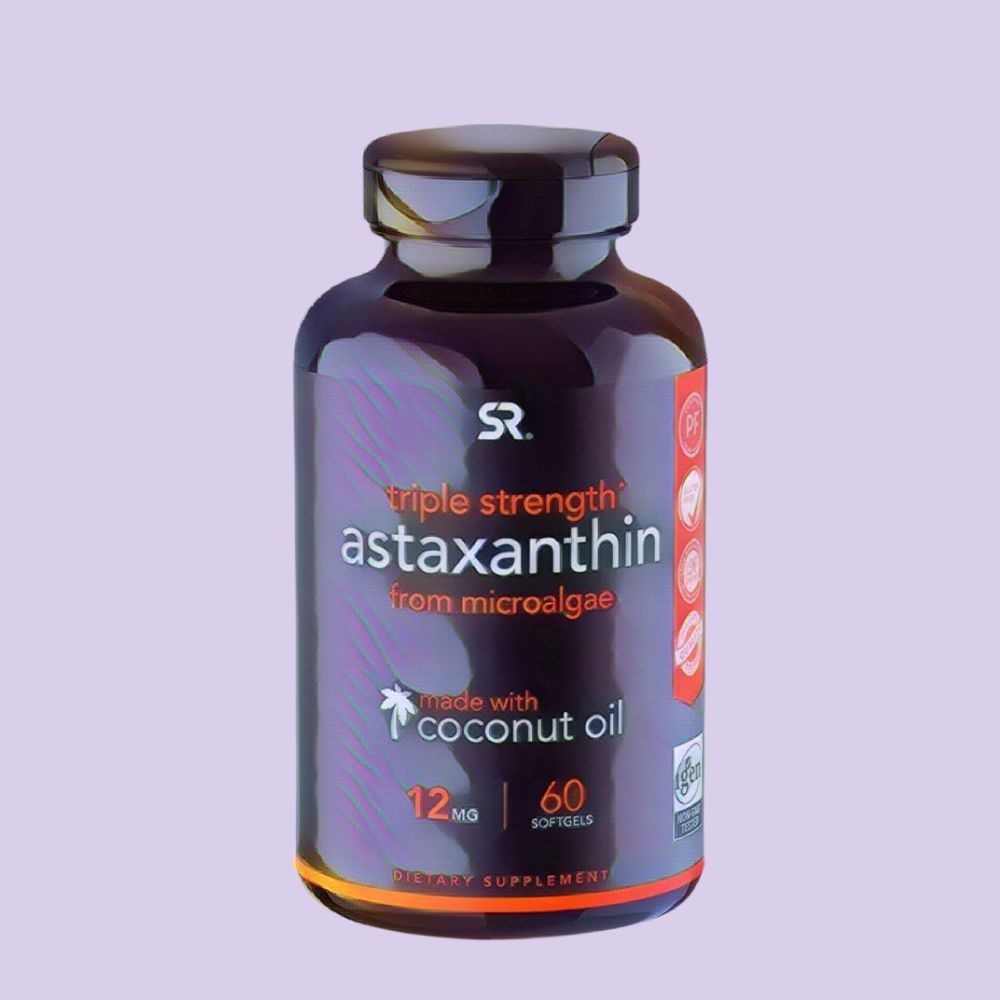Can You Take Astaxanthin And Omega 3 Together

Imagine sunlight dancing on the ocean waves, a vibrant salmon leaping upstream, and the rosy hue of a flamingo flocking across a cerulean sky. These images, seemingly disparate, share a common thread: potent antioxidants and essential fatty acids, the building blocks of health and well-being. More specifically, we're talking about astaxanthin, the pigment responsible for those vibrant colors, and omega-3 fatty acids, renowned for their heart-healthy benefits.
The question on many minds is: can you combine these nutritional powerhouses? The short answer is generally yes. Both astaxanthin and omega-3 supplements are usually considered safe to take together, and some research even suggests they may offer synergistic benefits. However, understanding the nuances of their interaction is crucial to maximizing their potential and minimizing any risks.
Understanding the Individual Powerhouses
Before diving into their combined use, let's explore each supplement individually. Astaxanthin is a carotenoid, a naturally occurring pigment found in algae, krill, salmon, and other marine life. It's a potent antioxidant, meaning it helps protect cells from damage caused by free radicals.
This antioxidant prowess translates into a variety of potential health benefits, including support for eye health, skin protection, exercise recovery, and cardiovascular function. Astaxanthin's unique molecular structure allows it to span the entire cell membrane, offering comprehensive protection against oxidative stress.
Omega-3 fatty acids, on the other hand, are essential fats that our bodies can't produce on their own. The most well-known omega-3s are EPA (eicosapentaenoic acid) and DHA (docosahexaenoic acid), primarily found in fatty fish like salmon, mackerel, and sardines, as well as algae oil supplements. These fats are crucial for brain health, heart health, and reducing inflammation throughout the body.
Omega-3s play a vital role in maintaining cell membrane fluidity, supporting cognitive function, and regulating mood. They are also essential components of hormones that regulate inflammation and blood clotting.
The Potential Synergistic Effects
Combining astaxanthin and omega-3s may offer more than just the sum of their individual benefits. Some research suggests that astaxanthin can enhance the stability and bioavailability of omega-3 fatty acids. Astaxanthin's antioxidant properties may protect omega-3s from oxidation, preserving their effectiveness in the body.
A study published in the Journal of the American College of Nutrition explored the potential synergistic effects of astaxanthin and omega-3 fatty acids. The researchers suggested that astaxanthin may help protect omega-3s from degradation, allowing them to exert their beneficial effects for a longer period.
Furthermore, both astaxanthin and omega-3s possess anti-inflammatory properties, potentially leading to a more powerful combined effect. By targeting different pathways of inflammation, they could provide broader support for overall health and well-being.
Potential Benefits of Combining Astaxanthin and Omega-3
Improved Heart Health
Both astaxanthin and omega-3s are known for their cardiovascular benefits. Omega-3s help lower triglyceride levels and blood pressure, while astaxanthin may improve blood flow and reduce oxidative stress in the heart. Together, they offer a comprehensive approach to supporting heart health.
Enhanced Cognitive Function
Omega-3s, particularly DHA, are critical for brain health and cognitive function. Astaxanthin's antioxidant properties may protect brain cells from damage, potentially enhancing the cognitive benefits of omega-3s. The brain is highly susceptible to oxidative stress, making the protective qualities of astaxanthin particularly valuable.
Better Exercise Recovery
Both astaxanthin and omega-3s can aid in exercise recovery. Astaxanthin can reduce muscle damage and inflammation, while omega-3s can help repair muscle tissue. Athletes may find that combining these supplements helps them recover faster and perform better.
Support for Eye Health
Astaxanthin is known for its ability to protect the eyes from age-related macular degeneration and cataracts. Omega-3s also contribute to eye health by reducing inflammation and supporting the structure of the retina. The combination may provide enhanced protection against age-related vision decline.
Considerations and Precautions
While generally safe, there are a few considerations to keep in mind when combining astaxanthin and omega-3s. One potential concern is the increased risk of bleeding, as omega-3s can have a blood-thinning effect. Individuals taking blood-thinning medications like warfarin should consult with their doctor before taking omega-3 supplements.
Similarly, high doses of astaxanthin may cause mild gastrointestinal discomfort in some individuals. It's always best to start with a low dose and gradually increase it as tolerated. Paying attention to your body's response is key to a positive experience.
It's also important to purchase supplements from reputable brands that adhere to strict quality control standards. This ensures that you're getting a pure and potent product free from contaminants.
Before starting any new supplement regimen, it's always recommended to consult with a healthcare professional, especially if you have underlying health conditions or are taking other medications. They can assess your individual needs and provide personalized recommendations.
Dosage and Usage
The ideal dosage of astaxanthin and omega-3s can vary depending on individual factors such as age, weight, and health status. However, a common recommendation for astaxanthin is between 4-12 mg per day. Omega-3 dosages typically range from 1-3 grams of EPA and DHA combined per day.
Some individuals prefer to take both supplements at the same time, while others prefer to space them out throughout the day. There's no definitive evidence to suggest that one approach is superior to the other. Choose the schedule that best suits your lifestyle and preferences.
Both astaxanthin and omega-3s are fat-soluble, meaning they are better absorbed when taken with a meal containing healthy fats. Consuming them with a source of dietary fat can enhance their bioavailability and maximize their benefits.
"The potential benefits of combining astaxanthin and omega-3s are promising, but it's essential to approach supplementation with informed awareness and personalized guidance." – Dr. Emily Carter, Registered Dietitian
The Verdict
In conclusion, the combination of astaxanthin and omega-3 fatty acids appears to be a safe and potentially beneficial strategy for supporting overall health. Their synergistic effects may offer enhanced protection against oxidative stress and inflammation, leading to improved cardiovascular function, cognitive performance, and exercise recovery.
However, it's crucial to prioritize quality, be mindful of potential interactions, and consult with a healthcare professional before starting any new supplement regimen. By taking a responsible and informed approach, you can harness the power of these nutritional allies to optimize your well-being.
As you navigate the vast landscape of health and wellness, remember that knowledge is power. Armed with the right information, you can make informed decisions that empower you to live a healthier and more vibrant life. Embrace the potential of nature's gifts, and embark on a journey towards optimal well-being.



